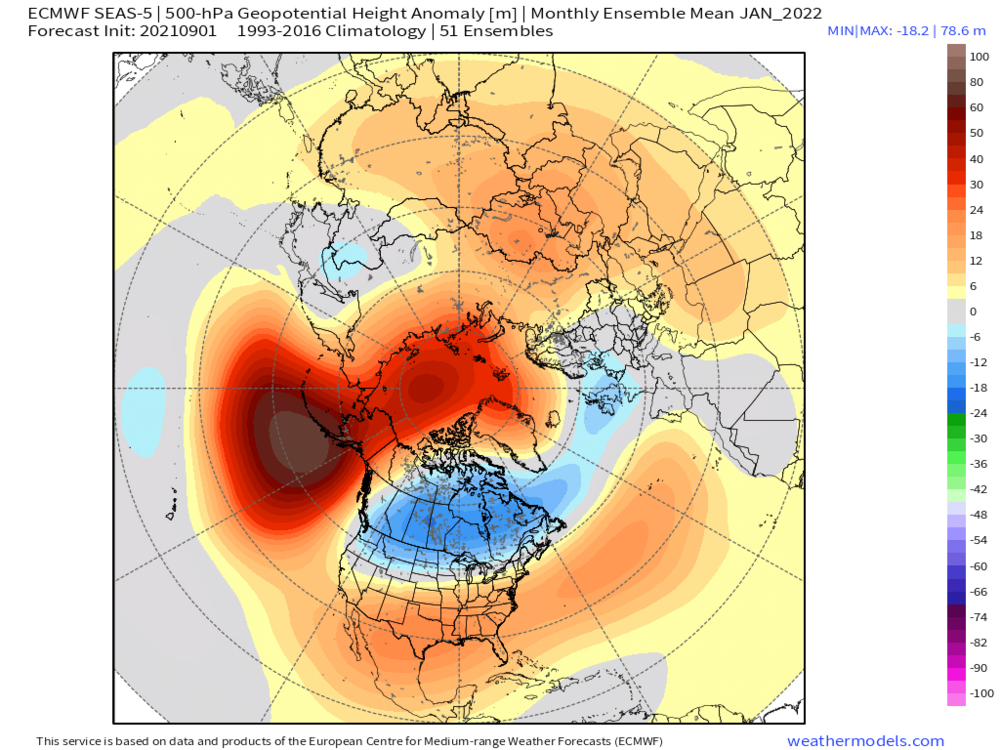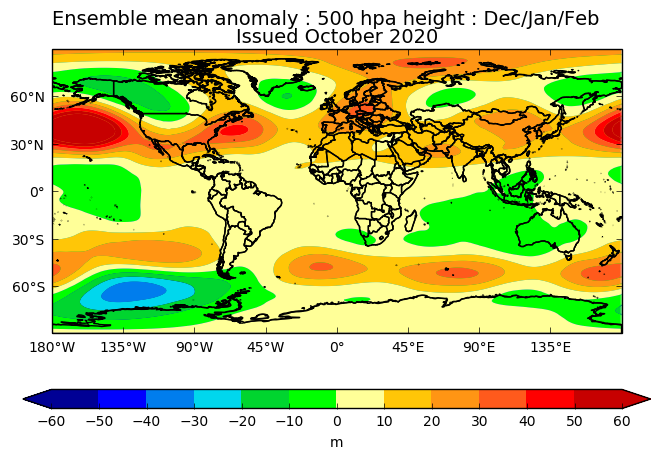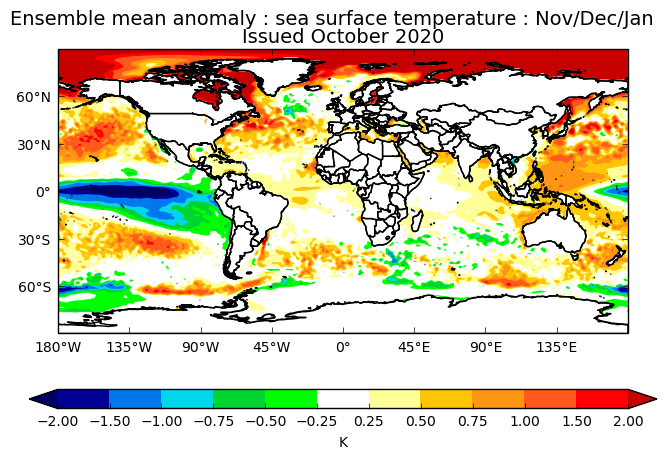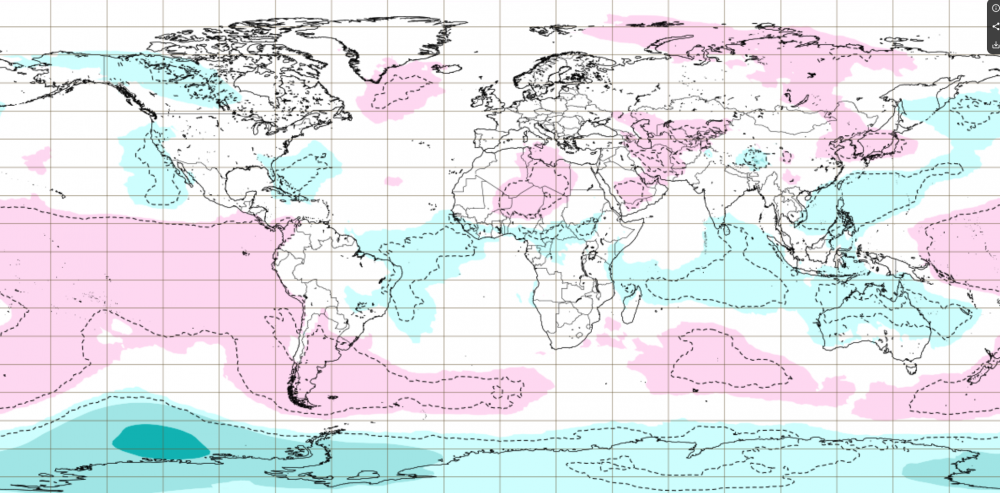
sebastiaan1973
-
Posts
56 -
Joined
-
Last visited
Content Type
Profiles
Blogs
Forums
American Weather
Media Demo
Store
Gallery
Posts posted by sebastiaan1973
-
-
-
http://twitter.com/SimonLeeWx/status/1324736557597773824
I'm excited to add a new (experimental) forecast product to my website: GEFS 35-day forecasts of North American wintertime weather regimes! Regimes can be a useful tool for subseasonal forecasting. Check it out
Tweet by Simon Lee from the UK.
-
https://agupubs.onlinelibrary.wiley.com/doi/epdf/10.1029/2019GL085592
The impact of the Arctic stratospheric polar vortex on persistent weather regimes over North
America is so far underexplored. Here we show the relationship between four wintertime North American
weather regimes and the stratospheric vortex strength using reanalysis data. We find that the strength of
the vortex significantly affects the behavior of the regimes. While a regime associated with Greenland
blocking is strongly favored following weak vortex events, it is not the primary regime associated with a
widespread, elevated risk of extreme cold in North America. Instead, we find that the regime most strongly
associated with widespread extremely cold weather does not show a strong dependency on the strength of
the lower stratospheric zonal mean zonal winds. We also suggest that stratospheric vortex morphology
may be particularly important for cold air outbreaks during this regime -
19 hours ago, 40/70 Benchmark said:
The mean of the ECMWF Nino 4 ENSO plume is about -1.3.. I don't see it getting lower than that.
Is this an indication for a east based La Nina?
-
Thanks Benchmark. Intresting read.
In your blog, you speak about a mixed La Nina
http://easternmassweather.blogspot.com/2020/10/mixed-signals-regarding-enso-for-winter.html in
1970-1971
1999-2000
2007-2008
All of these years had a SSW.
-
-
Hi guys, first of all thanks for sharing all your thoughts from the otherside of the Atlantic Ocean. I'm having fun reading your intelligent readings.
Since the 8th of october a lot more of ECMWF is available. You can take a look over here
Or
-
 1
1
-
-
16 hours ago, RUNNAWAYICEBERG said:
This is an oldie but goodie:
https://agupubs.onlinelibrary.wiley.com/doi/full/10.1029/2012GL051000
Observations show that reduced regional sea-ice cover is coincident with cold mid-latitude winters on interannual timescales.
However, it remains unclear whether these observed links are causal, and model experiments suggest that they might not be.
Here we apply two independent approaches to infer causality from observations and climate models and to reconcile these
sources of data. Models capture the observed correlations between reduced sea ice and cold mid-latitude winters, but only
when reduced sea ice coincides with anomalous heat transfer from the atmosphere to the ocean, implying that the atmosphere
is driving the loss. Causal inference from the physics-based approach is corroborated by a lead–lag analysis, showing that
circulation-driven temperature anomalies precede, but do not follow, reduced sea ice. Furthermore, no mid-latitude cooling is
found in modelling experiments with imposed future sea-ice loss. Our results show robust support for anomalous atmospheric
circulation simultaneously driving cold mid-latitude winters and mild Arctic conditions, and reduced sea ice having a minimal
influence on severe mid-latitude winters.





Winter 2021-2022
in New England
Posted
Glosea5.